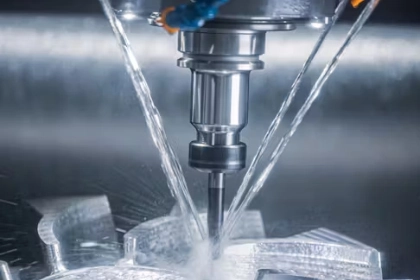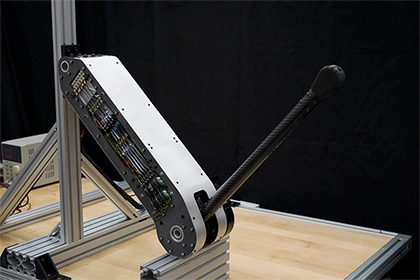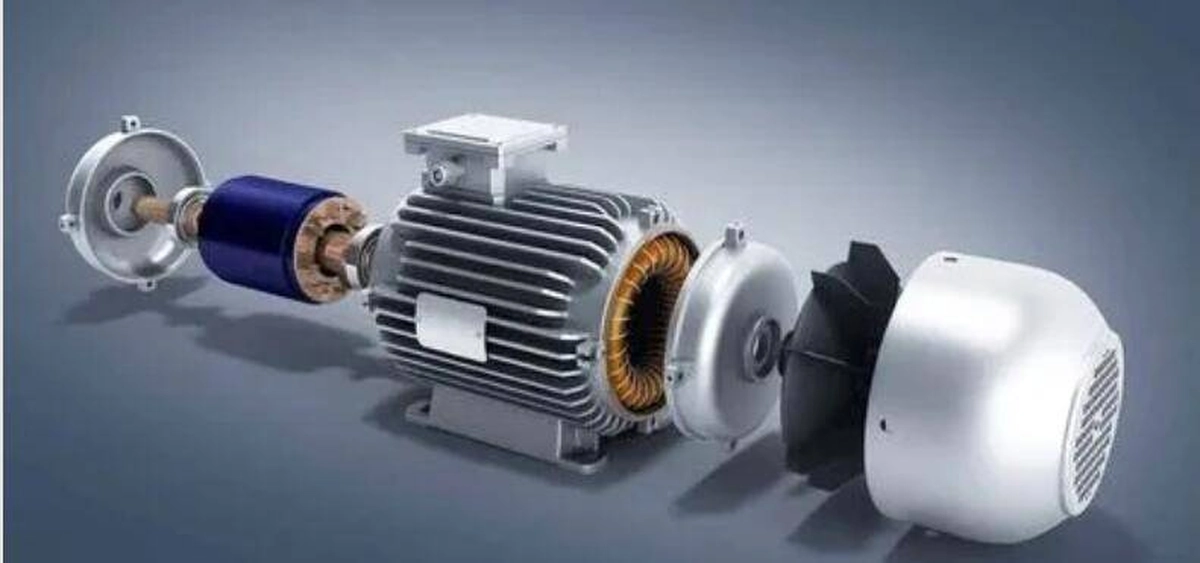- +86 19149417743
- Zhengzhou, Henan Province, China
- Mon-fri: 8am - 7pm
Get a quote

Milling machines play a crucial role in various industries, enabling precise and efficient material removal processes. These machines rely on motors to provide the necessary power and control for their operation. The type of motor used in a milling machine is a crucial factor that determines its performance, speed, and capabilities. In this article, we will explore the different types of motors commonly used in milling machines, providing valuable insights into their technical aspects and functionalities.
The motor in a milling machine is crucial as it directly influences the machine's performance, efficiency, and capabilities. Various motors offer different advantages such as speed variability, torque output, and power consumption, which dictates their suitability for specific milling tasks.
Milling machines utilize several motor types, each with its unique attributes tailored to particular milling operations and material characteristics.
Single-phase induction motors are commonly used in smaller milling machines, particularly those designed for home workshops or light-duty applications. These motors are simple in design, cost-effective, and easy to operate. They require a single-phase power supply and provide sufficient power for less demanding milling tasks.
Three-phase induction motors are widely employed in industrial-grade milling machines due to their robustness, efficiency, and ability to handle heavier workloads. These motors require a three-phase power supply and offer higher power output, allowing for increased cutting capabilities and improved performance. Three-phase induction motors are suitable for both conventional and CNC milling machines.
Series wound DC motors are commonly used in milling machines, particularly those that require a high torque output and variable speed control. These motors offer excellent starting torque and can maintain constant torque across a wide range of speeds. They provide precise control over cutting speeds, making them suitable for applications that involve heavy cutting or milling operations.
Brushless DC motors, also known as BLDC motors, are gaining popularity in modern milling machines, especially CNC models. BLDC motors offer several advantages, including high efficiency, low maintenance requirements, and precise speed control. These motors utilize electronic commutation, eliminating the need for brushes and resulting in improved reliability and longevity. BLDC motors are often preferred for their smooth operation and accurate speed regulation.
Servo motors are highly precise motors commonly used in advanced CNC milling machines. Servo motors are closed-loop systems that use position feedback to control the motion and final position of the motor shaft. These motors provide accurate position control, rapid response times, and excellent speed control, making them ideal for complex milling operations that require high precision. Servo motors offer exceptional repeatability and can be programmed to follow intricate tool paths, resulting in superior surface finish and dimensional accuracy.
Stepper motors are frequently employed in CNC milling machines, particularly for controlling the movement of the machine's axes. While not as powerful as other motor types, stepper motors offer excellent repeatability and precision at lower speeds, making them suitable for small to medium-sized milling machines, especially in applications where complex geometry and low to medium production volumes are involved. These motors provide precise control over incremental movements, allowing for accurate positioning and repeatability. Stepper motors are advantageous for applications that require precise control over tool movement, such as contouring, engraving, or thread milling.
The power and torque requirements of the milling machine's intended applications are crucial factors in motor selection. Heavy-duty milling tasks may necessitate motors with higher torque capabilities, while lighter-duty operations can be performed using motors with lower torque ratings.
The ability to control speed and achieve precise positioningis essential in milling operations. DC motors, particularly those with adjustable speed controls, offer flexibility in achieving desired cutting speeds. Servo motors and stepper motors excel in providing accurate position control and precise movement, ensuring high-quality milling results.
Efficiency and energy consumption should also be considered when selecting a motor for a milling machine. Motors with higher efficiency ratings can contribute to reduced energy consumption and operating costs over the long term, making them more environmentally friendly and cost-effective.
Milling machines rely on various types of motors to power their operations, each offering unique characteristics and benefits. But ultimately motor selection depends on factors such as power and torque requirements, speed control, precision, and energy efficiency.
 2024-08-30 16:01:40
Engineering
2024-08-30 16:01:40
Engineering
 2024-07-26 14:09:13
Engineering
2024-07-26 14:09:13
Engineering
 2024-07-18 09:42:00
Engineering
2024-07-18 09:42:00
Engineering